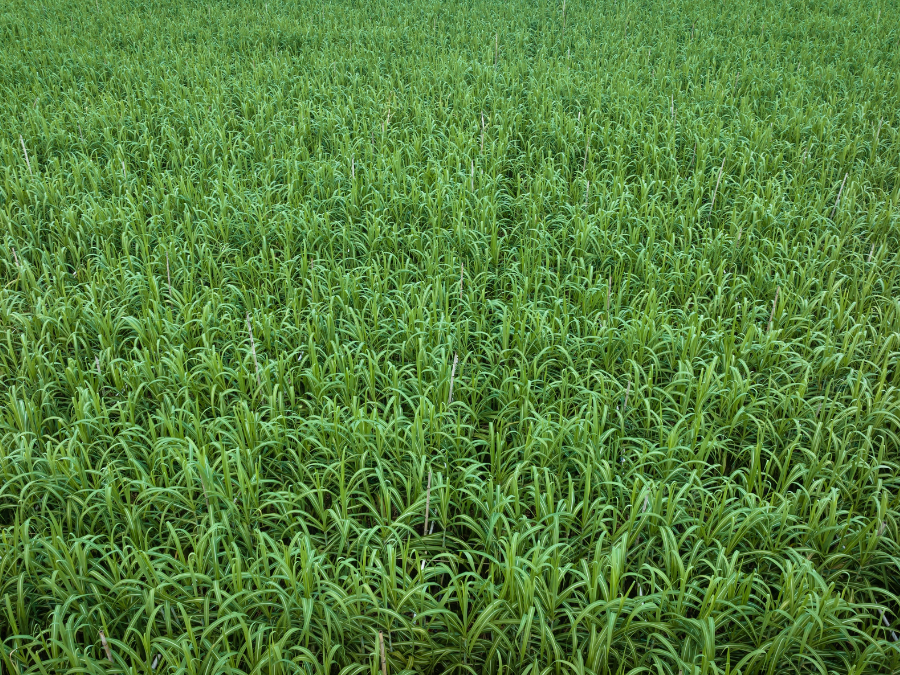[ad_1]

Global food commodity prices have extended 2023’s decline to reach an almost three-year low in January, led by a drop in cereals and meat.
The FAO Food Price Index, which tracks the prices of five food commodities, fell 10.4% from the same month last year and was down 1% from December. The gauge, compiled by the Food and Agriculture Organization of the United Nations, averaged 118, the lowest level since February 2021.
December’s reading was revised by the FAO to 119.1 – also the lowest since February 2021 – from 118.5. The measure has continued to retreat from the all-time high of 159.7 hit in March 2022, a month after Russia invaded Ukraine.
The sub-cereal index dropped 19% from January last year and was down 2.2% from December, driven by a decline in wheat export prices, the FAO said.
It added that global cereal production for 2023 is “on track” to reach an all-time high of 2.84bn tonnes, up 1.2% from the previous year.
Meat prices retreated for a seventh straight month – down 1.4% from December – “as abundant supplies from leading exporting countries drove down international prices of poultry, bovine and pig meats. The measure dropped 1.1% compared to January last year.
Access the most comprehensive Company Profiles
on the market, powered by GlobalData. Save hours of research. Gain competitive edge.

Company Profile – free
sample
Your download email will arrive shortly
We are confident about the
unique
quality of our Company Profiles. However, we want you to make the most
beneficial
decision for your business, so we offer a free sample that you can download by
submitting the below form
By GlobalData
Sugar prices remained elevated historically, rising 0.8% from December and 15.8% from January 2023. The sub-index for the commodity stood at 135.3, having reached 162.7 in September last year, the highest level since the same month of 2011, the FAO records show.
Last month’s rise was “underpinned by concerns over the likely impact of below-average rains in Brazil on sugarcane crops to be harvested from April, coupled with unfavourable production prospects in Thailand and India”.
Other indices for dairy and vegetable oils were relatively unchanged in terms of month-on-month fluctuations.
For dairy, the sub-index averaged 118.8 versus 118.9 in December. The FAO said: “International price quotations for butter and whole milk powder increased largely due to higher demand from Asian buyers, nearly offsetting declines in those for skim milk powder and cheese.”
However, dairy prices were down 17.8% from January last year.
Vegetable oils edged up 0.1% month-on-month but prices were 12.8% lower than a year earlier.
The FAO put the monthly rise down to “moderate increases in international palm and sunflower seed oil prices, offsetting declines in the prices of soy and rapeseed oils”.
[ad_2]

